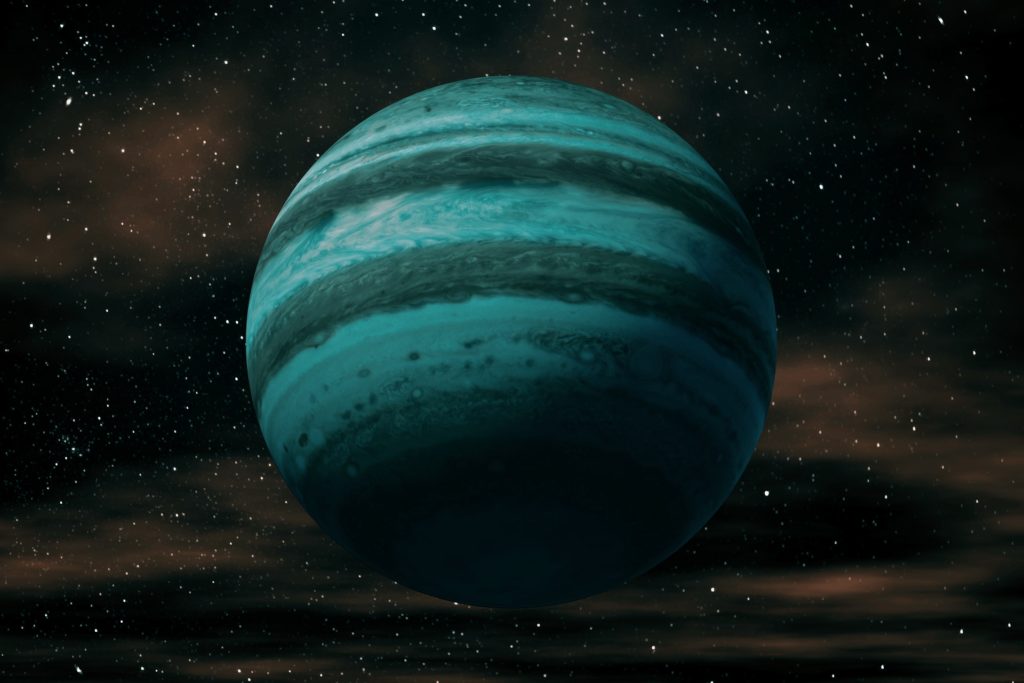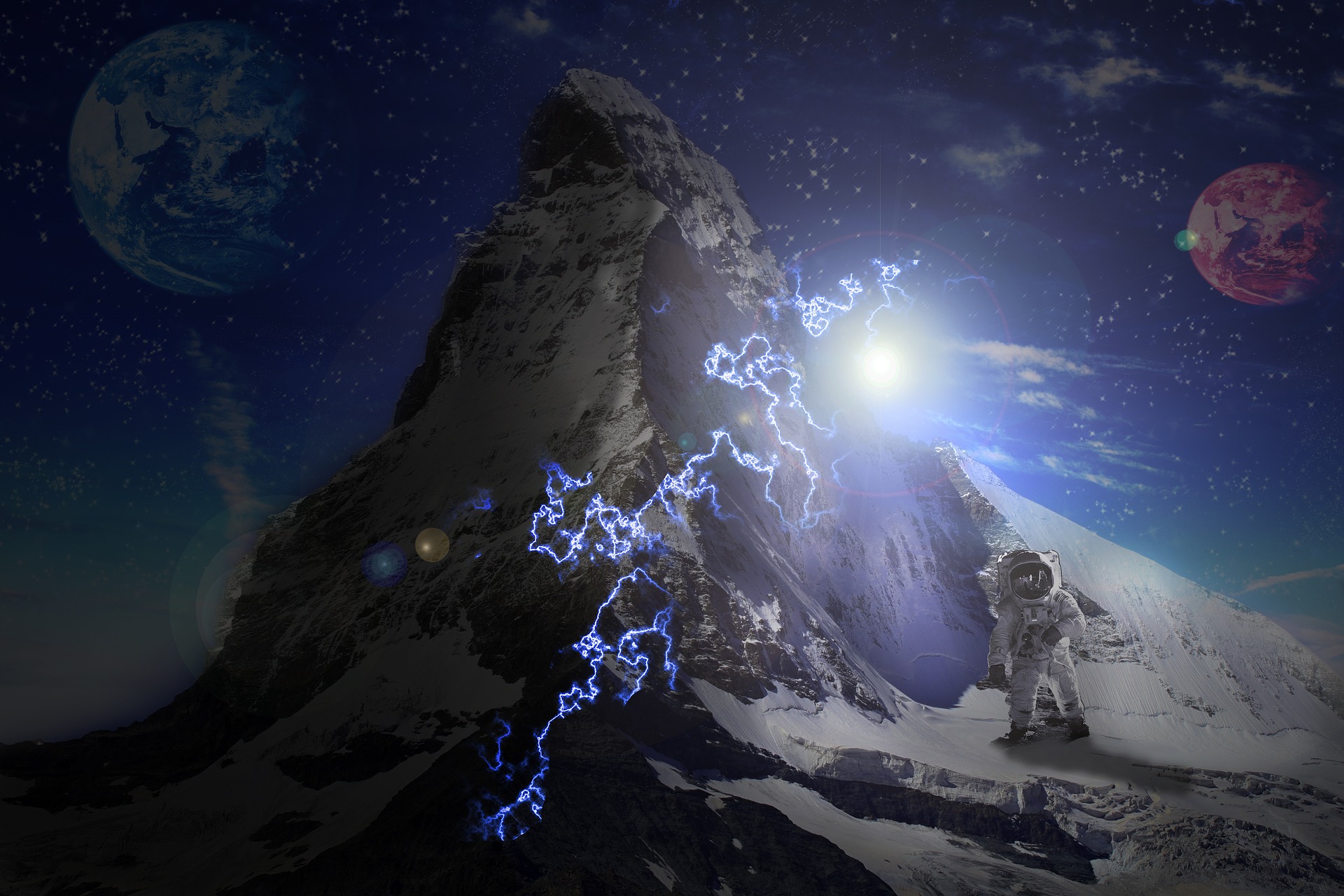
Next milestone in the exploration of the outer world, NASA has now confirmed to exist more than 5,000 exoplanets beyond our solar system. The confirmation has set another point in the development of human civilization, broadening the horizon of the human potential to go and look for new and amazing worlds.
According to the NASA Exoplanet Archive, more than 5,000 planets have been found so far, including small, rocky worlds like Earth, gas giants many times larger than Jupiter, and “hot Jupiters” in scorchingly close orbits around their stars. As mentioned in the record, there are “super-Earths,” which are possible rocky worlds bigger than our own, and “mini-Neptunes,” smaller versions of our system’s Neptune. In addition, the mix planets orbiting two stars at once and planets stubbornly orbiting the collapsed remnants of dead stars are also recorded.

Nasa Exoplanet Archive records exoplanet discoveries that appear in peer-reviewed, scientific papers, and that have been confirmed using multiple detection methods or by analytical techniques.
In 1992, an attempt of discovery began with strange new worlds orbiting a type of neutron star known as a pulsar. It was a rapidly spinning stellar corpse that pulses with millisecond bursts of searing radiation. Scientists were able to reveal planets in orbit around the pulsar measuring slight changes in the timing of the pulses.
Alexander Wolszczan, a Polish astronomer and the co-discoverer of the paper about first confirmed extrasolar planets, unveiled the first exopanets to be confirmed outside our solar system 30 years ago. Wolszczan said, “Finding just three planets around this spinning star essentially opens the floodgates”. “If you can find planets around a neutron star, planets have to be basically everywhere,” added Wolszczan. Wolszczan further said that planet production process had to be very robust. Wolszczan still searches for exoplanets and is a professor at Penn State.
Since launched in 2018, the Transiting Exoplanet Survey Satellite (TESS) continues to make new exoplanet discoveries. And powerful next-generation telescopes and their highly sensitive instruments are expected to start working soon, starting with the recently launched James Webb Space Telescope. NASA says the Webb will capture light from the atmospheres of exoplanets, reading which gases are present to potentially identify signs of habitable conditions in the newly found worlds.
Related Posts:
The Nancy Grace Roman Space Telescope is expected to launch in 2027. The telescope will make new exoplanet discoveries using a variety of methods. Likewise, the European Space Agency(ESA) mission ARIEL is going to be launched in 2029. ARIEL will observe exoplanet atmospheres.
Scientists have expected to find some kind of life forms on the planets which resemble the Earth in terms of the distance from their star and the size of the planet.
The first planet detected around a Sun-like star in 1995 later turned out to be a Hot Jupiter. It’s a gas giant about half the mass of our own Jupiter in an extremely close, four-day orbit around its star; or a year on this planet is only four days.
In the past, researchers used “wobble” method to find many the planets. Wobble method works by tracking slight back-and-forth motions of a star, caused by gravitational tugs from orbiting planets. The data from that method was collected from ground-based telescopes.
Then came the “transit method“, the idea of attaching extremely sensitive light detectors to a telescope, then launching it into space. The method of William Borucki radicalized the exoplanet-hunting technology. The telescope was to stare for years at a field of more than 170 thousand stars, looking for tiny dips in starlight when a planet crossed a star’s face.
Recommended: Changes brought by quantum physics
There are different types of planets among the confirmed ones. Some are similar to planets in our solar system, while others are much more different and mysterious.
From within the limit of the latest technological tools so far, it’s a great achievement for us to detect and confirm the distant celestial, lightless objects. In the vast, mysterious supermassive cosmos, that’s but just a fraction of the likely hundreds of billions of planets only in our galaxy. It’s a good start to a journey to infinity!
Auto Amazon Links: No products found.

